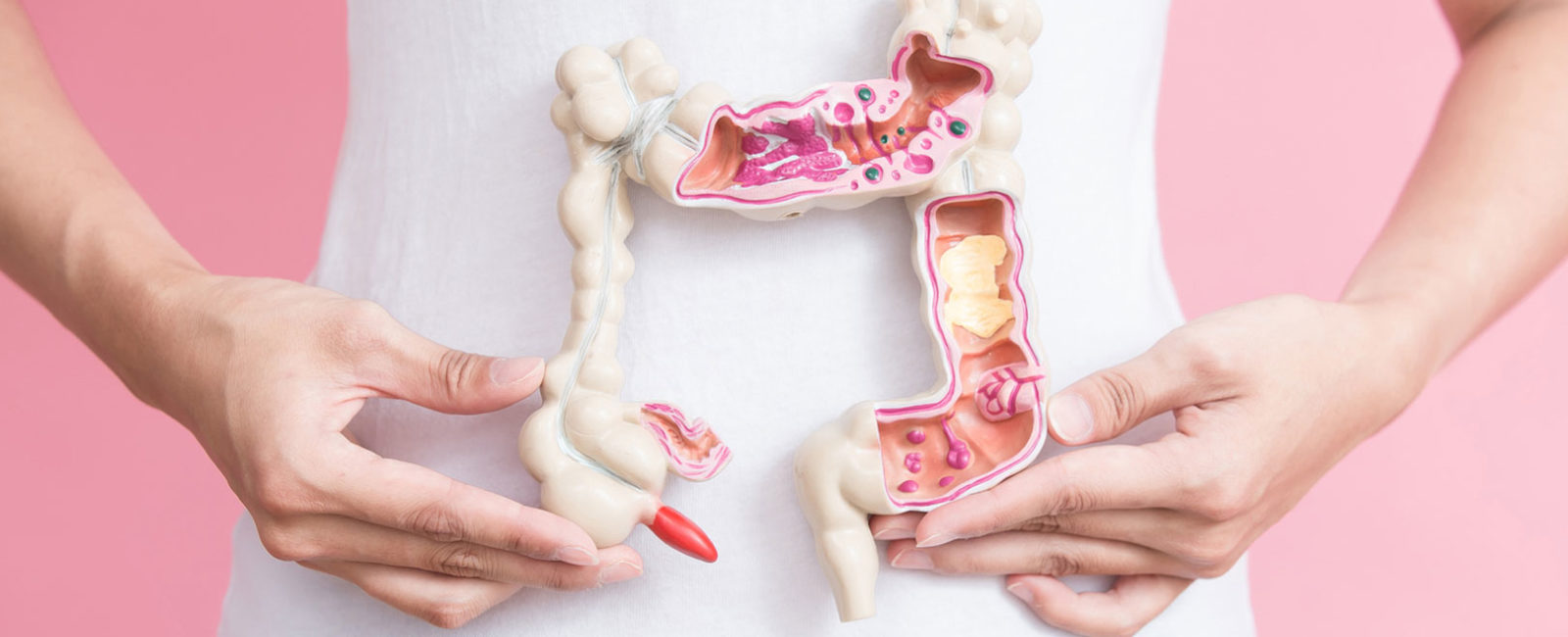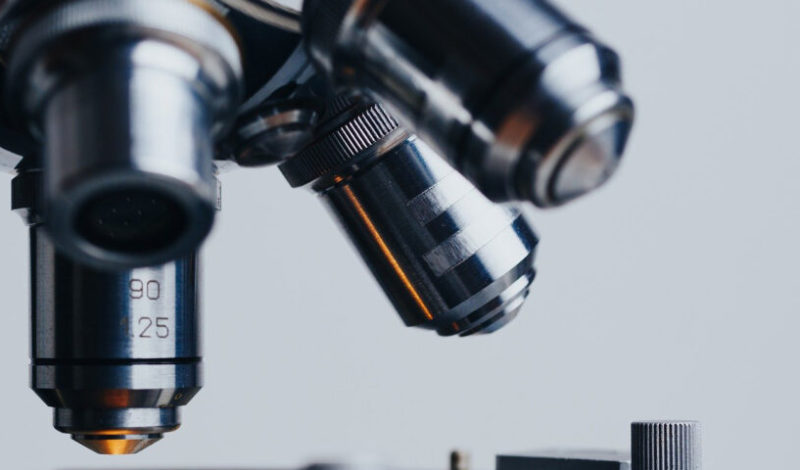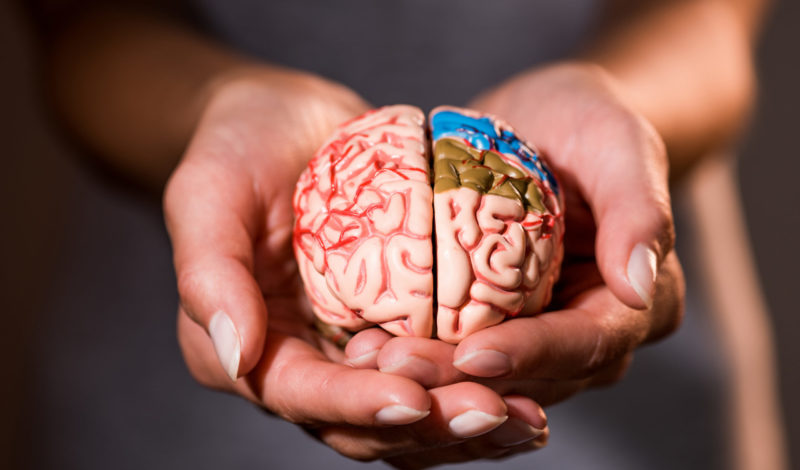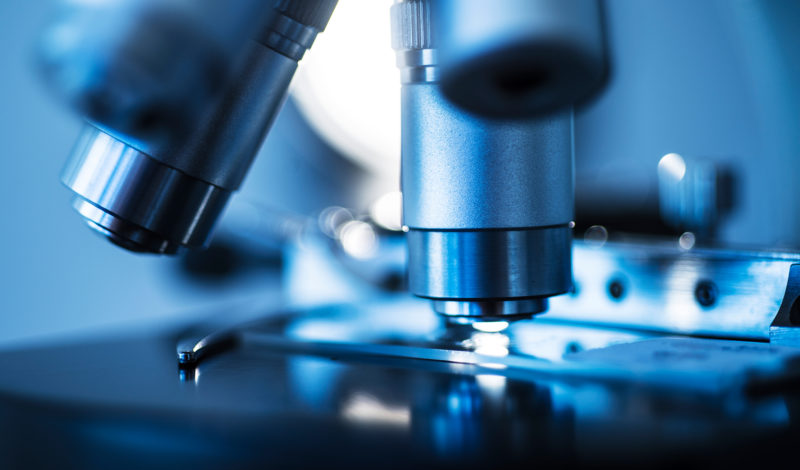People who frequently have problems with their stomach and intestines know that it is often difficult to find the exact [...]

Intestinal cleansing: How it works all by itself
Thousands of species of bacteria live in the intestines. Together they form the microbiome, your individual intestinal flora. Sometimes it is necessary to do a colon cleansing. Because just as tenants feel more comfortable after a house renovation, so do the intestinal bacteria after a successful intestinal renovation. How necessary your gastro-intestinal tract has the redevelopment work, you recognize by different signs.
When you should make a colon cleansing
Health and microbiom are interrelated. Without the help of intestinal bacteria, neither the immune system nor the metabolism runs smoothly. If you find that you suffer from an increased susceptibility to disease, this may be due to a disturbed intestinal flora. Especially in this case, an intestinal rehabilitation is useful. While a sanitation of the microbioma was advised for a long time, especially in the field of alternative medicine, conventional medicine now also recommends a gentle intestinal sanitation for certain symptoms. The scientists at BIOMES will show you natural ways of carrying out the procedure.
Research has now confirmed that microbiom, psyche and immune defence as well as body weight and skin are interrelated. An imbalance in the intestinal flora has been associated in studies with both mental and physical diseases. The fact that nowadays even orthodox medical practitioners sometimes carry out intestinal rehabilitation is due to findings such as these.
In a healthy intestine, beneficial intestinal bacteria have the upper hand. However, various factors can endanger the healthy composition of the intestinal flora. These include, for example, stress, travel, bad eating habits, taking medication and diseases. You can recognise a disturbed balance in the intestines by symptoms such as digestive problems, increased susceptibility to disease, weight problems and skin irritations. The positive effects of colon cleansing have been proven to be particularly effective in the following situations:
- after taking medication1
- in case of complaints such as infectious diarrhoea2
- in case of diseases like irritable bowel syndrome3
Intestinal rehabilitation according to instructions
If a bowel rehabilitation is carried out in cases such as those mentioned above, this usually takes place in two phases: First, there is a bowel cleansing. This is followed by the actual intestinal cleansing and the development of the natural intestinal flora by means of probiotics. The first step is to rid the gastrointestinal tract of toxins such as drugs and the metabolic products of potential pathogens. Probiotics contain living strains of bacteria which, with proper nutrition, settle in the intestine. If you would like to do an intestinal cleansing yourself, you can choose between the following options for the cleansing of the intestine. A natural intestinal cleansing includes either:
- a colonic irrigation as enemas or
- a intestinal cleansing with natural laxatives like psyllium
But caution is called for here: Enemas are not a good method if you want to do the intestinal cleansing yourself at home, because mistakes can lead to injuries of the gastrointestinal tract. Doctord generally advise against colon irrigations without medical indication. That is why the BIOMES researchers recommend instead cleansing swelling agents such as psyllium seeds for an intestinal rehabilitation at home. Most instructions also recommend drinking as much as possible during the laxative process to regain the lost fluid. In addition, after a successful laxative, you should ensure a balanced and nutritious diet. If you eat sugar or fast food, this endangers the success of your bowel rehabilitation. How long your bowel remains free of toxins afterwards depends on your individual lifestyle.
BIOMES helps you with the colon cleansing
To this day, doctors still disagree on the ideal way to proceed with a colon cleansing in order to make it as effective as possible. Which of the presented possibilities is the most pleasant and effective for you depends not least on your person and the individual composition of your intestinal bacteria. In order to gain information about these, the researchers at BIOMES can carry out a precise analysis of your intestinal flora using the latest biotechnology4 – with the test kit INTEST.pro.
Based on the results of the intestinal test INTEST.pro you can identify any imbalance in your microbiome and determine whether there is a need for intestinal cleansing. How does this work exactly? Simply send the envelope included in the test kit with a small stool sample to our laboratory. Our scientists will analyse your intestinal flora using this sample and provide you with the results via an easy-to-use dashboard. We will be happy to explain to you how the reconstruction of your intestinal flora takes place during the intestinal rehabilitation and provide you with practical tips.
By working together to cleanse your intestinal flora, we specifically control the bacterial colonisation of your digestive tract. The approximately 100 trillion bacteria in the intestine consist mainly of the genera Bacteroides, Firmicutes, Actino- and Proteobacteria. Researchers today also regard lactic acid and bifidobacteria as the most important useful species. If you carry out an intestinal rehabilitation yourself with our support, we guide the reconstruction of your intestinal flora through these useful bacteria. You influence the colonization of the individual genera by factors such as:
- the nutrition with the right food
- Exercise
- Relaxation
- probiotic products
The latter include fermented foods such as sauerkraut and kefir. Probiotic food supplements can also be used naturally for intestinal cleansing.
Quellen:
1. Esposito C, Roberti A, Turrà F, et al. Frequency of Antibiotic-Associated Diarrhea and Related Complications in Pediatric Patients Who Underwent Hypospadias Repair: a Comparative Study Using Probiotics vs Placebo. Probiotics and Antimicrobial Proteins. 2018:10, 323-328. https://link.springer.com/article/10.1007%2Fs12602-017-9324-4 ↩
2. Park MS, Kwon B, Ku S, et al. The Efficacy of Bifidobacterium longum BORI and Lactobacillus acidophilus AD031 Probiotic Treatment in Infants with Rotavirus Infection. Nutrients 2017:9(8), 887. https://www.mdpi.com/2072-6643/9/8/887↩
3. Fan WT, Ding C, Xu NN, et al. Close association between intestinal microbiota and irritable bowel syndrome. European Journal of Clinical Microbiology & Infectious Diseases, 2017:36(12), 2303-2317. https://www.ncbi.nlm.nih.gov/pubmed/28785822 ↩
4. Cho I, Blaser M J. The human microbiome: at the interface of health and disease. Nature Reviews Genetics 2012:13, 260-270. https://www.nature.com/articles/nrg3182 ↩



